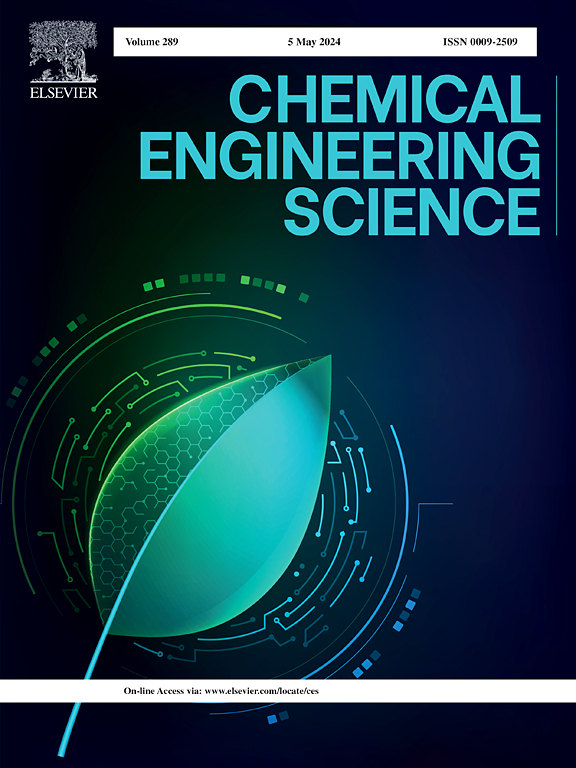生物质热解制备无水糖的研究
IF 4.1
2区 工程技术
Q2 ENGINEERING, CHEMICAL
引用次数: 0
摘要
左旋葡萄糖糖(LG)和左旋葡萄糖酮(LGO)是从生物质中提取的平台分子,在各种化学工业中有着广泛的应用。从生物质中选择性生产LG和LGO仍然是一个具有挑战性的过程,许多研究工作都致力于这一研究课题。例如,用各种酸对生物质进行预处理以去除无机物,以抑制纤维素的裂解并提高LG和LGO的选择性。还尝试了一些无机酸、盐、固体酸和碳基催化剂来引导纤维素向LG和LGO方向转化。提出了微波辅助热解和水热处理等工艺开发,以进一步提高LG和LGO的产量。然而,从生物质中生产LG和LGO尚未达到商业化阶段,因为仍有一些问题有待解决,即LG和LGO的选择性,它们与生物油的分离,成本和环境影响等。本文主要回顾了生物质预处理去除无机物的进展,各种催化剂和生物质转化为LG和LGO的工艺发展。讨论或提出了从生物质中生产LG和LGO的主要挑战和潜在的解决方案。本文章由计算机程序翻译,如有差异,请以英文原文为准。

Preparation of anhydrate sugars from biomass via pyrolysis
Levoglucosan (LG) and levoglucosenone (LGO) are platform molecules derived from biomass, which have versatile applications in varied chemical industries. Selective production of LG and LGO from biomass remains a challenging process and much research effort is devoted to this research topic. For examples, pretreatment of biomass to remove inorganics with various acids is conducted for suppressing cracking of cellulose and for enhancing selectivity of LG and LGO. A number of mineral acids, salts, solid acids and carbon-based catalysts are also tried for guiding the conversion of cellulose to the direction of LG and LGO. Some process development such as microwave assisted pyrolysis and hydrothermal treatment is also proposed to further enhance production of LG and LGO. Nevertheless, production of LG and LGO from biomass has yet not reach the stage of commercialization as there are some remaining issues to be addressed, i.e. the selectivity to LG and LGO, their separation from bio-oil, the cost and environmental impact, etc. This review mainly revisits the progress in pretreatment of biomass for removing inorganics, varied catalysts and process developments for conversion of biomass to LG and LGO. The major challenges in production of LG and LGO from biomass and the potential solutions are discussed or proposed as well.
求助全文
通过发布文献求助,成功后即可免费获取论文全文。
去求助
来源期刊

Chemical Engineering Science
工程技术-工程:化工
CiteScore
7.50
自引率
8.50%
发文量
1025
审稿时长
50 days
期刊介绍:
Chemical engineering enables the transformation of natural resources and energy into useful products for society. It draws on and applies natural sciences, mathematics and economics, and has developed fundamental engineering science that underpins the discipline.
Chemical Engineering Science (CES) has been publishing papers on the fundamentals of chemical engineering since 1951. CES is the platform where the most significant advances in the discipline have ever since been published. Chemical Engineering Science has accompanied and sustained chemical engineering through its development into the vibrant and broad scientific discipline it is today.
 求助内容:
求助内容: 应助结果提醒方式:
应助结果提醒方式:


